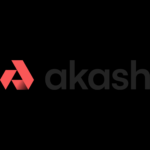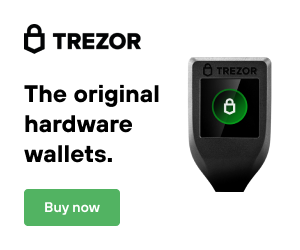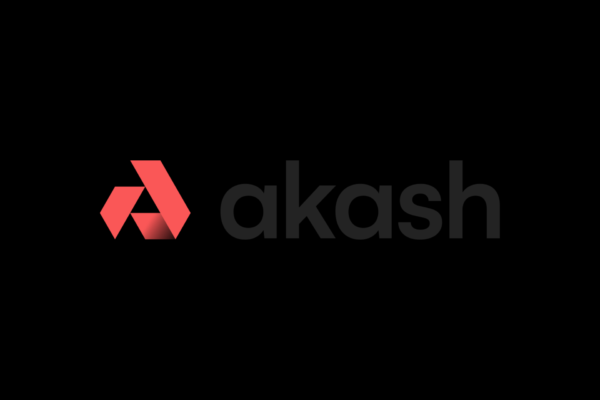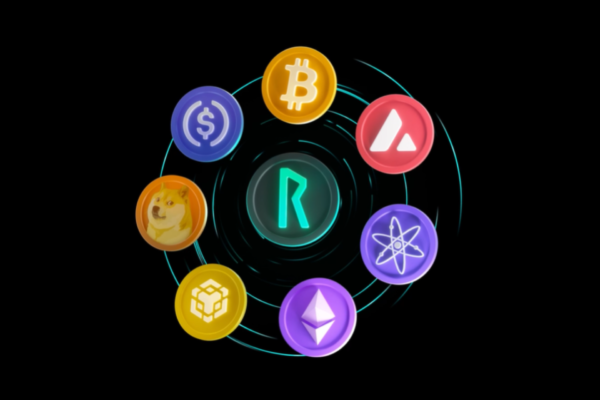Near protocol is in direct competition for developers with the Solana protocol. Near has a similar infrastructure to Solana, and brings high speeds and low costs, providing a great entry environment for enthusiasts and developers alike.
What is Near?
Near protocol can be compared to Solana in many ways, so when evaluating Near it is best to look for what separates it from its competitor. For information on Solana check out our article [SOL]. Solana aims to be the go-to entry point for those looking to get into crypto. Since Solana is so fast, easy to use and cheap, it has helped onboard millions of newcomers to the market. A downside to Solana is that it has seen many hours of downtime with the entire blockchain halting, this threatens security and overall sentiment.
Near on the other hand, has never had to halt its blockchain. Near is a new age layer-1 blockchain (think Ethereum). Layer-1 protocols provide the foundation for applications and smart contracts to be built. Applications and smart contracts are only as good as the foundation, layer-1 networks make up a large portion of the top 25 crypto networks when valuation is considered. Near is scalable, fast, and cheap like many of the layer-1s we discuss. Afterall, every new layer-1 aims to bring a better user experience than the king which is of course Ethereum and the ETH token.
But what Separates Near from the pack?

Near Protocol & Creative Ideas
Near starts its journey separating itself from the pack by rewarding developers with 30% of the transaction fees. While this may seem simple, this HIGHLY incentivizes developers to build on the protocol and stay building. All fees taken up by the protocol are burned, reducing the supply of NEAR. Near has 1000x cheaper costs than Ethereum on average but manages to do this without exposing itself to DDOS attacks, and other exploits that are common on cheap fee based networks.
Near recently increased its total validator count to 100 from a previous 60 which shows that the network is putting in effort to increase decentralization. This is a very low number of validators compared to some competitors, however. Near founders did state their mid-term goal is to increase this number to 400 which will help substantially [1].
The NEAR native wallet is not only a crypto address but also a smart contract. This allows developers to integrate user friendly applications and extensions that more seamlessly work with user’s wallets. At this point, any simplification in crypto is appreciated, it can be daunting jumping into the world of decentralized finance and self-custody. Near is also based on proof-of-stake which is inherently more carbon friendly than proof-of-work. Near, unlike Solana already has an Ethereum virtual machine live and running as well. EVMs are necessary since users who are used to Ethereum, Metamask, and other applications can easily send funds and get to exploring.
Since Near was built from the ground up with interoperability in mind, the Octopus Network allows for simple integrations with Bitcoin, Ethereum, Polkadot and Cosmos. Near also emphasizes developer friendly, simple, and usable products for those looking to make the move to the protocol. A common theme in crypto is that too many blockchains are simply a massive headache to build upon, projects that make developing easier and more intuitive have the opportunity to spark massive growth.
Near is also aiming to offer private blockchains for institutions and private clients. Use cases for these services including money management, and software integration as well. Near is also working on its own native decentralized storage solution for the blockchain history and more. Currently Solana uses a protocol known as Arweave for this demand, having a native built in solution is likely more secure.

Near Ecosystem & Fund raises
Near has some basic common integrations seen on all networks such as Chainlink, Curve, and Trust wallet. One thing to note is that most projects on Near are actually unique and not just copy pastes of popular protocols such as AAve. This could be a sign that developer activity really is organic and that builders enjoy using the protocol. A simple look at the infographic above shows a thriving ecosystem already.
Near protocol has held massive fund raises post initial-coin-offering. This is usually a very good sign since large investors are showing confidence in the long-term viability of the token. Fund raises help the network stay afloat during times of bearishness and allow new developers to build with incentives during tumultuous times. Next week we will release our deep dive on the Near protocol. The coming article will speculate on the NEAR token and what it has to offer for potential investors. Only strong fundamentals will survive the crypto winter. Remember none of this is financial advice, stay safe out there!
For our NEAR token analysis check it out [here].
















